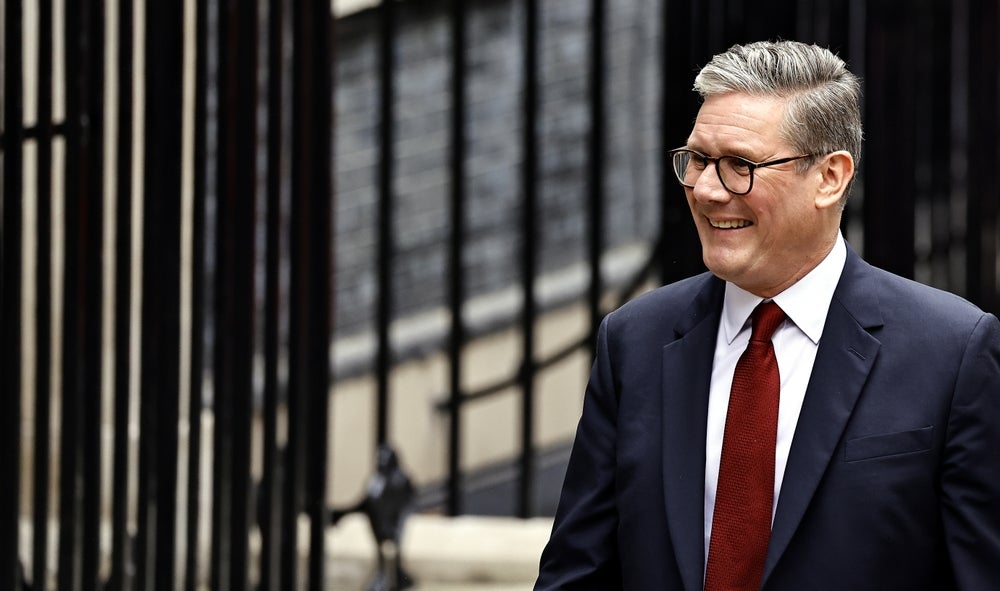PwC’s new report The Future of Audit is based on a survey conducted in spring 2019 of 175 investors in UK businesses, and 198 UK business leaders. While there were differences in opinion about whether audit is ‘broken’ with some, particularly investors, feeling it is not providing the assurance they need, others described ‘broken’ as too strong a term. Nevertheless a clear majority of investors believe that current auditing practices fail to meet their needs.
Both the investment community (68%) and business leaders (80%) think today’s statutory audit serves the needs of companies. However, only 41% of the investment community and 68% of the businesses surveyed feel that the audit meets the needs of investors.
There is a broad consensus on the desire for more insight and clarity in the audit on the future risks a company faces. Some 72% of investors and 79% businesses are in favour of more information about a company’s future prospects and risks in the central scope of a statutory audit. The position is less clear cut on issues such as forecasted performance metrics and corporate culture, ethics and behaviour.
The majority of both groups surveyed don’t feel that going concern needs to be extended beyond 12 months. Where those surveyed felt it should be extended the preference is for two years from the business community and three years from investors.
A high proportion, 76% of investors and 84% of business leaders believe the use of technology such as AI, automation, data analytics would increase the efficiency with which the audit is performed. While there is a consensus that technology will increase the level of scrutiny and overall quality of audits, only 37% of businesses and 36% of investors think technology will enable auditors to better understand a business.
There is also broad backing for strengthening the quality of reporting by bringing a company’s internal controls within the scope of the audit and strong appetite amongst investors (64%) and businesses (82%) – large and small, listed and family-owned – for the scope of the audit to be flexible and tailored to the type of company being audited.
How well do you really know your competitors?
Access the most comprehensive Company Profiles on the market, powered by GlobalData. Save hours of research. Gain competitive edge.

Thank you!
Your download email will arrive shortly
Not ready to buy yet? Download a free sample
We are confident about the unique quality of our Company Profiles. However, we want you to make the most beneficial decision for your business, so we offer a free sample that you can download by submitting the below form
By GlobalDataTop of the wish list from all stakeholders is a greater focus on the future, including for the audit to provide assurance about a company’s future prospects and alongside this, greater transparency through the auditor’s report by providing the auditor’s view of a company’s prospects and the risks it faces, and how well-equipped the company is at managing them. The report also highlights desire for a ‘clearer signalling of risk in the annual report and, in turn, in the audit report’, and a stronger viability statement from a company that ‘explicitly sets out its appetite for risk’.
PwC’s big idea is the creation of ‘an Assurance Map’. The report says: “The statutory audit is just one way to provide assurance over the many financial risks facing a company. A way to make sure all sources of assurance over a company’s principal risks, whether financial or not, are considered would be to make it an explicit responsibility for the audit committee to determine the level and type of assurance needed by their company’s stakeholders, and to present it to them and discuss it at the beginning of the reporting cycle. Creating this Assurance Map would prompt a constructive discussion at the top of the business about the needs of their stakeholders and would make it possible to get assurance over the areas that are important to those stakeholders.”
Creating such an assurance map would involve identifying:
- the principal risks faced by the company
- the controls in place to mitigate those risks
- the key performance indicators relevant to the company (which could be financial or non-financial)
- the information and results needed by users to assess risks, related controls and key performance indicators
- the assurance available, including who provides the assurance and how often.
The statutory audit would form one part of the assurance map, providing a level of assurance over a company’s financial statements. PwC says it would then be possible for the audit committee to commission additional assurance, but not as part of the statutory audit, over the other areas that are important to stakeholders. The various sources of assurance available to meet the needs of stakeholders could be made more visible by requiring a company to publish its assurance map at the beginning of the audit cycle.






